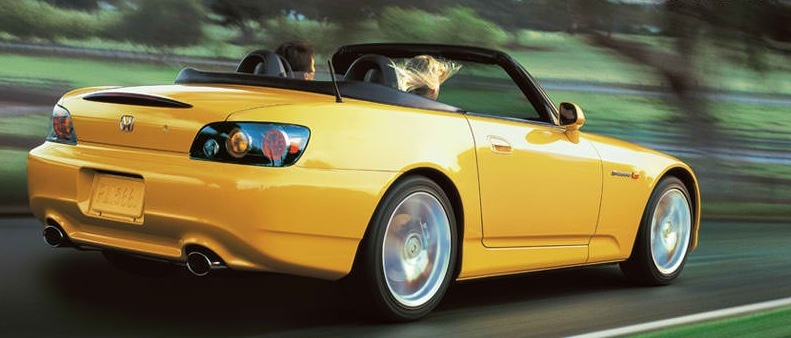A Reliable Sports Car
Owning a sports car that has excellent reliability is a rare thing. When you consider the thrashing the cars regularly receive from their owners at the local track day or on an enthusiastic canyon carving drive, most sports cars would light up the maintenance required icon on their dash. I, for one, dread the thought of having a car that requires frequent maintenance or replacement of broken down parts in addition to the usual oil change and wear & tear servicing.
Coming from owning an older turbo four wheel drive sedan, I found the excellent reliability of the S2000 a refreshing change. I do not constantly have to monitor the oil levels like a hawk (although it’s a good practice to check on your oil levels regularly), never had to fret over coolant or oil temperature changes, didn’t have to lose sleep over potential damage caused by boost spikes and could rest easy knowing that the transmission wouldn’t grenade itself as long as I applied proper technique while shifting.
I’ve brought my S2000 multiple times to the track and with the help of a large oil cooler and brake ducting setup, managed to get the stock car doing 15~20 hot laps at a go without a break reliably and doing no more maintenance than what I usually did every 10,000 kms. A used oil analysis on my engine, transmission and rear differential oils at the 2 year mark showed excellent wear rates with little to no coolant or metal bits showing up in the samples provided. This was interpreted as proving wear was kept to a minimum over the years despite frequent hard driving.
Track-going buddies of mine fared significantly worse in their modified turbo cars (in cars such as Subaru WRX and Mitsubishi Evolution)as they regularly suffered premature brake failure, transmission breakages and oil leaks. This resulted in thousands of dollars being spent on maintenance even after oil coolers and other cooling modifications were installed. Endurance racing participants and tuners in Australia who I know personally have spoken volumes about how competitive the S2000 has been due to its ability to withstand the immense stresses of racing.
Based on my records over the last three and a half years, the only parts I’ve had to replace (other than typical maintenance and wear items) were:
1. a worn out shift linkage bushing
2. a leaking air conditioning coil
3. an air conditioning compressor which failed due to excessive heat due to frequent track use
4. an ABS sensor (costing approx 80 USD)
5. a broken wheel stud
6. a cracked coolant overflow tank cap
7. a bulb behind the air conditioning dial lightup (I didn’t bother to replace this non-essential part)
8. a faulty Pedal Position Sensor (costing approx 100 USD)
Wouldn’t you consider this small list of replacement parts to be excellent evidence of how rock solid and reliable the S2000 is on and off the track? Tell us your experiences and share with us how well the S2000 has held up over the years for you!
Photo courtesy of Honda

